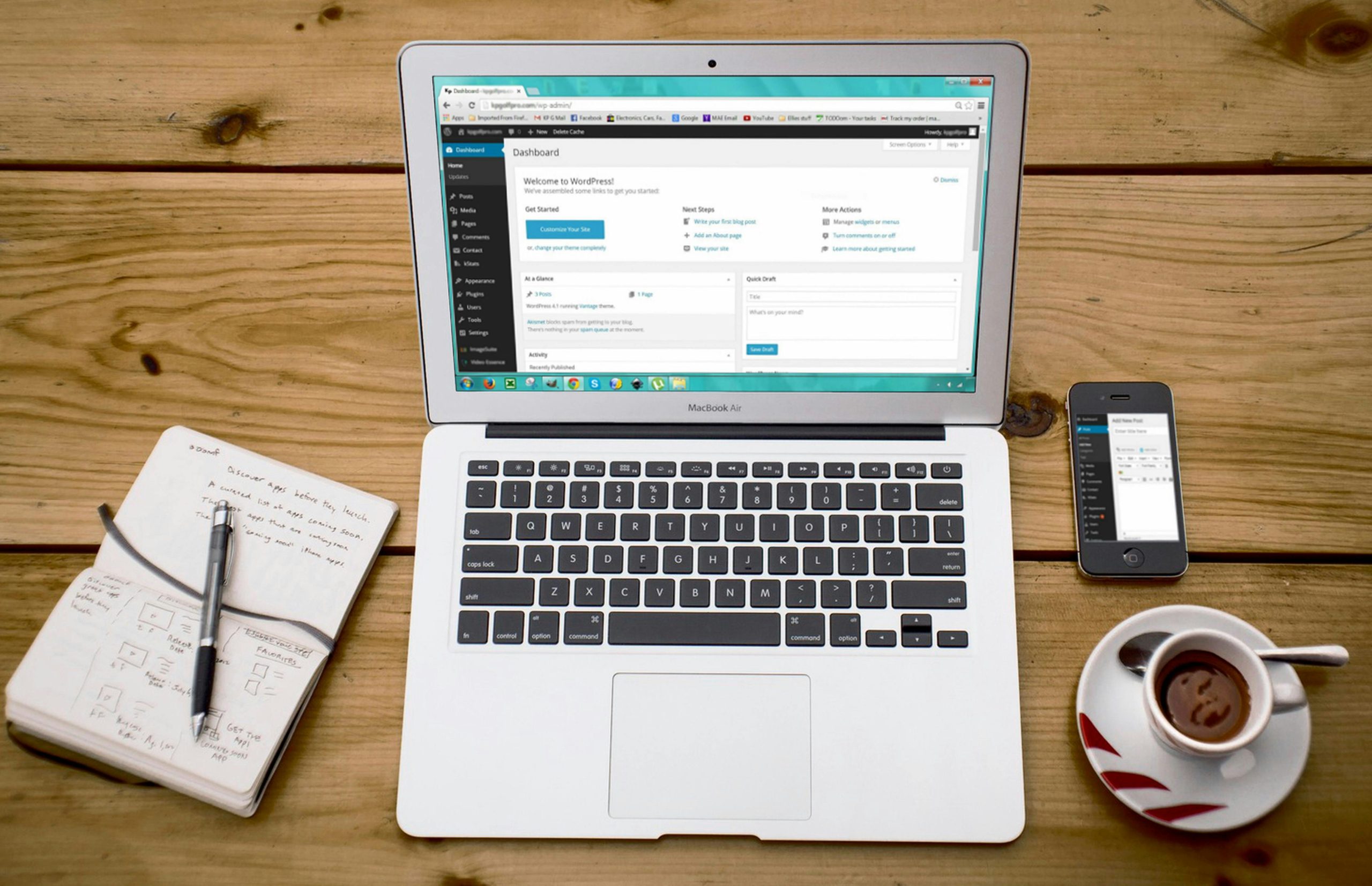Switching from Webflow to WordPress? Why is it the best choice for your website?

Webflow has recently come under fire for compelling large websites to upgrade to costly enterprise plans. This move has left many users discontented and in search of more viable options.
At WPBeginner, we recognize the critical need for a flexible and cost-effective website-building platform. We’re here to guide you in selecting the best platform for your website needs.
In this article, we’ll explore the challenges associated with Webflow, review its benefits and drawbacks, and present a superior alternative.
The Webflow controversy
Webflow’s recent policy changes have sparked significant backlash. The issue gained traction after Nico Cerdeira of Failory.com raised concerns on social media. Many users echoed frustrations about unexpected cost hikes and limited hosting flexibility. The core issue with Webflow and similar hosted platforms extends beyond pricing—they often entrap users within proprietary systems, making migrations challenging and costly.
As websites grow, scalability and customization limitations often emerge, leaving users questioning their platform choices and seeking better alternatives.
Evaluating Webflow: Pros and cons
Pros:
- User-friendly visual editor: Webflow’s intuitive editor enables easy design and customization without coding.
- Integrated hosting and security: Hosting and security are built-in, simplifying management for non-technical users.
- Ideal for small websites: Suitable for smaller projects using built-in tools and templates effectively.
Cons:
- High costs: Costs can escalate quickly, particularly for larger websites required to adopt enterprise plans.
- Limited flexibility and customization: The proprietary system restricts full customization.
- Vendor lock-in: Migrating away from Webflow can be complex and expensive for established websites.
Why WordPress is the best alternative
WordPress powers over 43% of websites worldwide and offers significant advantages over Webflow:
- Cost effectiveness:
- WordPress itself is free, with costs only for hosting, domain names, and optional tools and services.
- High-quality hosting is available at competitive prices, such as Bluehost starting at $1.99/month with a free domain.
- No forced upgrades:
- WordPress allows you to scale your hosting plan based on needs and budget without forced expensive upgrades.
- Flexibility and customization:
- Thousands of plugins, themes, and marketing tools are available.
- Add any feature to your website regardless of your hosting plan.
- Easy no-code design tools:
- Various page builders like SeedProd, Divi, and Elementor offer no-code, drag-and-drop design capabilities with extensive template options.
- Marketing & growth tools:
- Seamless integration with top marketing tools and plugins like All in One SEO for enhanced functionality.
Transitioning from Webflow to WordPress
Setting up a WordPress website is straightforward. Start by choosing a hosting provider like Bluehost, which offers discounts and a free domain for WPBeginner readers.
Migrating your data:
- Small websites can manually upload data from Webflow to WordPress.
- Larger websites may require professional support for a smooth transition.
Bonus resources for WordPress beginners
WPBeginner provides comprehensive resources to help you get started with WordPress, including guides on choosing themes, page builders, essential plugins, and SEO best practices.
We hope this article has highlighted why WordPress is a better choice than Webflow. For more insights, explore our detailed comparison of Webflow vs. WordPress and discover the diverse types of websites you can create with WordPress.
Photo source: www.pexels.com
Author of this article
WAS THIS ARTICLE HELPFUL?
Support us to keep up the good work and to provide you even better content. Your donations will be used to help students get access to quality content for free and pay our contributors’ salaries, who work hard to create this website content! Thank you for all your support!





OR CONTINUE READING